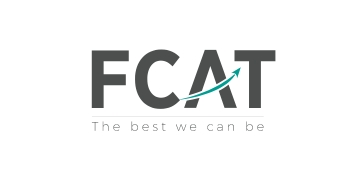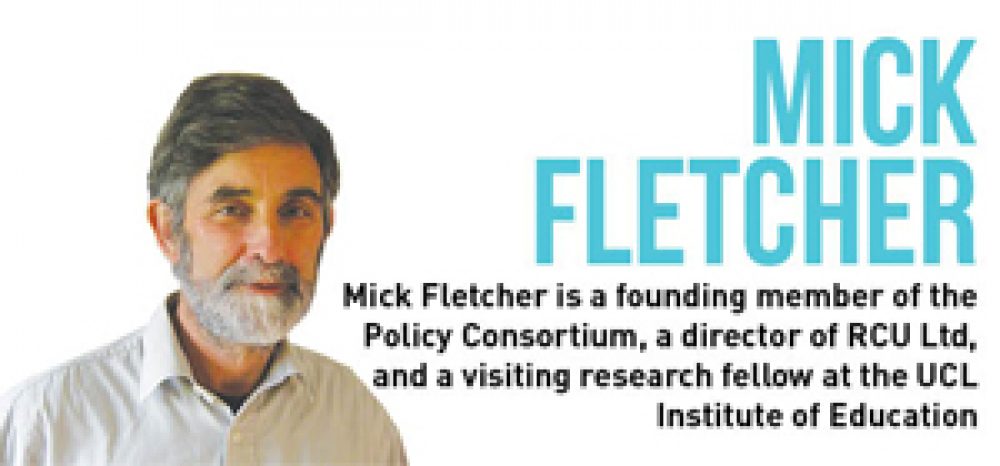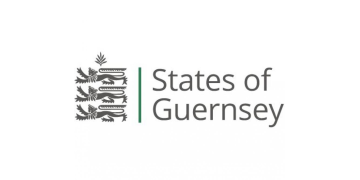In August of this year the Public Accounts Committee (PAC) published a report of an enquiry into value for money in the education of those aged 16-18. It followed an investigation by the National Audit Office on the same subject but the committee itself took additional evidence from a number of expert witnesses.
Sadly the Guardian Newspaper had a travesty of an article headed “’Money is ‘wasted on badly managed colleges’”, the main thrust of which bore little relationship to anything the PAC had said.”
The full document, which does not take long to read, is available here.
The report deserves to be widely read, not least because it was not well reported in the education press. It does not appear to have surfaced in FE Focus in the TES. The BBC has a competent summary on its website here, but sadly the Guardian Newspaper had a travesty of an article headed “’Money is ‘wasted on badly managed colleges’”, the main thrust of which bore little relationship to anything the PAC had said.
Since the Guardian has been one of the few papers to report anything about FE in recent years, and generally enjoys a good reputation for informed and balanced journalism it is important to point out that the PAC makes no mention at all of ‘bad colleges’. It most certainly does not, as the article explicitly states, warn that ‘the government is wasting money by funding poorly-managed colleges.’
The main focus of PAC criticism is clearly the government, not institutions and it aims its fire accurately at the complex and inconsistent arrangements for monitoring the performance of the sector, not at school heads or college principals.”
Indeed when the PAC mentions colleges specifically it is to point out that their record in terms of increasing efficiency is superior to that of schools. They state for example: “As a result of fewer resources in the past, further education colleges have become more adept at making tough choices to improve value for money.” They also point out that the accountability arrangements for colleges are clearer than those for sixth forms.
‘Colleges were required to meet minimum levels of performance (based on success rates), and the Young People’s Learning Agency set clear action plans where colleges failed to meet them. In contrast, local authorities were not consistent in their approach to dealing with poor performance in school sixth forms.’
The main focus of PAC criticism is clearly the government, not institutions and it aims its fire accurately at the complex and inconsistent arrangements for monitoring the performance of the sector, not at school heads or college principals.
There are in fact three main strands to the PAC report all of which have important implications for government policy. The first is that the committee is clear that larger institutions benefit learners. ‘Larger providers benefit from economies of scale and can provide a wider choice of courses for their students.
The evidence also suggests student achievement is higher in larger institutions’. The PAC is not the first to point to such evidence but the authority of the chief parliamentary watchdog on value for money is such that it must call into question the government’s enthusiasm for opening yet more small sixth forms in areas well provided for by FE and sixth form colleges.
The second strand of the PAC report relates to collaboration. Some of the benefits of scale can be achieved by smaller providers it argues if they are able to collaborate, for example by sharing back office services. The competitive environment in which schools and colleges have to operate however acts as a powerful inhibitor of such collaboration and consequently restricts its impact. Taken together with the comments on the benefits of scale this undermines BIS proposals for the future shape of the FE landscape which once again advocates partnerships and seek to discourage merger.
It is however the third charge made by the committee that is perhaps the most serious. The systems of reporting and performance management for schools and colleges are so different that potential students cannot effectively exercise choice and government cannot be sure that it is obtaining value for money.
Colleges have the more robust systems in place both in terms of efficiency and effectiveness but a direct comparison between the sectors is still frustrated. It is hard to believe that a decade after coming together with colleges under the LSC school sixth forms still cannot produce reliable data on qualification success rates (QSR) that enable real comparison with FE.
It is however reminiscent of claims by DES officials in the 1980s and 1990s that comparing the cost to the public purse of provision in schools and colleges was not possible owing to its technical complexity; and of course the fact that seven years after LSDA research definitively established the scale of the funding gap between schools and colleges officials have still failed to close it.
The current target date for convergence of funding is 2015, well into the future. Conspiracy theories are usually wrong but the difficulties encountered when trying to compare the performance of schools and colleges might be the exception. The Whitehall machine seems really reluctant to allow awkward comparisons to be made: could the reason be that the policy implications might just be too inconvenient.
Mick Fletcher, visiting Research Fellow at the Institute of Education








I was disgusted by this artice and its total mis-representation of the PAC report. The fact that the article was published in The Guardian, a newspaper I respect and unusually does give some attention to Further Education, makes it worse.
I contacted Jessica Sheppard, author of the article, for an explanation but have heard nothing.